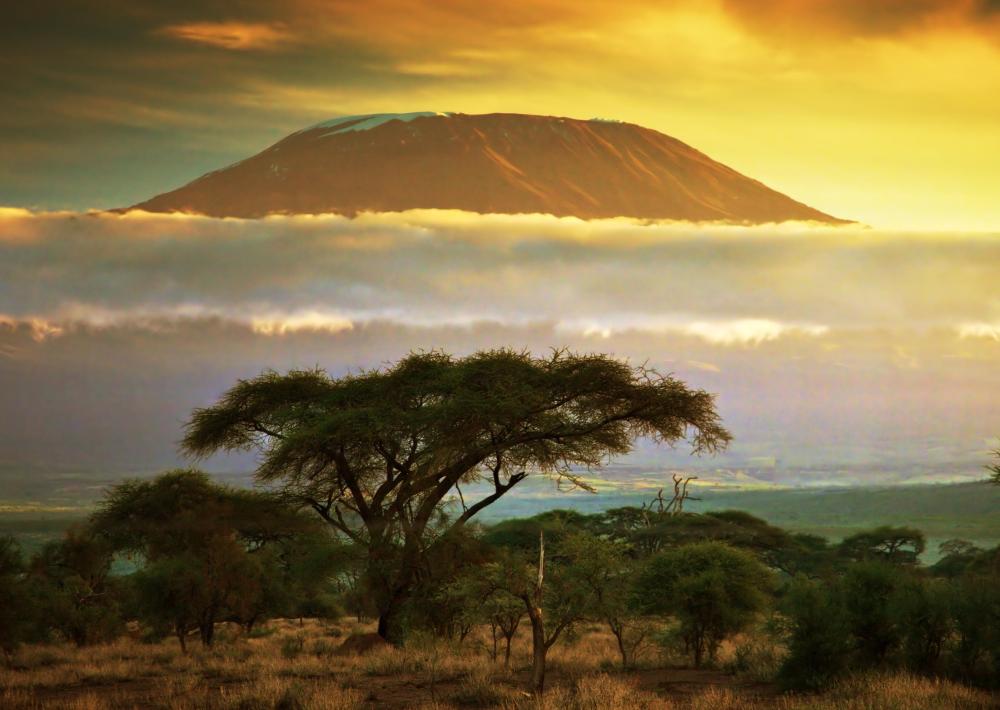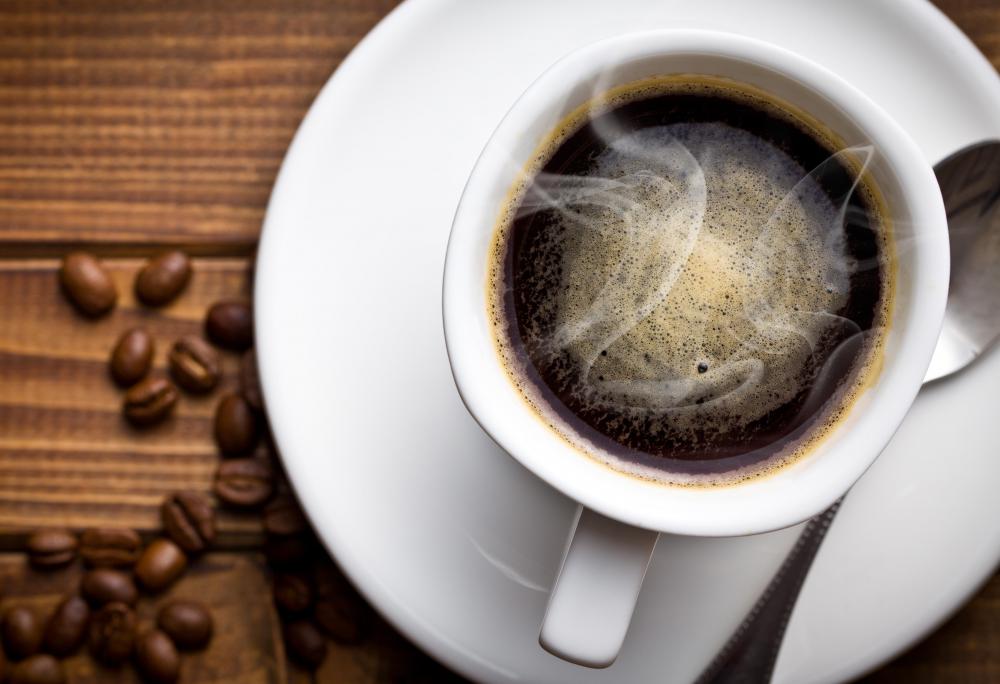At DelightedCooking, we're committed to delivering accurate, trustworthy information. Our expert-authored content is rigorously fact-checked and sourced from credible authorities. Discover how we uphold the highest standards in providing you with reliable knowledge.
What are the Different Types of Coffee Beans?
Coffee beans are the seeds of the coffee plant, which are found inside the coffee berry or coffee cherries. The beans are then processed, resulting in a saleable commodity that can then be brewed into the actual drink of coffee.
The vast majority of coffee beans come from two species of coffee: Coffea arabica, and Coffea robusta. More than three-quarters of those sold in the world are a variety of Coffea arabica, while the bulk of the remainder is robusta, which is also known as Coffea canephora.

Other species include Coffea benghalensis, or Bengal coffee; Coffea congensis, or Congo coffee; Coffea liberica, or Liberian coffee; Coffea stenophylla, or Sierra Leonian coffee; Coffea excelsia, another Liberian coffee; Coffea bonnieri; Coffea gallienii; and Coffea mogeneti. Most of these species are very rare or non-existent in the export market, with the exception of the two Liberian coffees, which are sold in limited amounts in the luxury market.

Coffee beans of the Arabica type are widely considered to have the best flavor profiles, while the Robusta is predominantly grown for its hardiness and ability to thrive where Arabica cannot. Within Arabica, however, there are many different varietals, each of which produce beans with distinct flavors and characteristics.
Most Arabica varietals are named after the country or region in which they are predominantly found, or in which they originated. Some countries, such as Ethiopia, have a number of highly-prized varietals, and so refer to more specific growing regions within the country as a whole.

South and Central America are major producers of coffee, and a number of Arabica varietals come from countries in this region. Colombian coffee is perhaps the most well-known, and accounts for more than a tenth of the world’s entire coffee supply. Major cultivars include Bourbon, Caturra, Maragogype, and Typica. From Costa Rica comes the Costa Rican Tarrazu, named after the San Marcos de Tarrazu valley. Guatemala produces Huehuetenango, named after a city in the highlands of the Cuchumatan mountains. Brazil gives coffee drinkers the Santos varietal, from the south-central portion of the country.

Even more varietals of Arabica are found in Africa. Perhaps the most well-known of these are the three distinct varietals from Ethiopia, the land that first recognized the value of the coffee drink. All three of the varietals, Harrar, Sidamo, and Yirgacheffe, are named after the region they come from, and each have very distinct flavor characteristics. Kenya is also well-known for its coffee, which is simply referred to as Kenyan. Tanzania produces a fair amount of coffee, usually sold as Tanzanian Peaberry, as it focuses on peaberries. Uganda produces some Arabica coffee, of the Bugishu varietal, although the majority of coffee grown in Uganda is Robusta.

In Indonesia, there are a few different varietals of Arabica to be found. Java is without a doubt the most famous, hailing from the island of that name, and it became so popular that the name became synonymous with coffee itself. The island of Sumatra also provides two varietals, the Sumatra Mandheling and the Sumatra Lintong. Sumatra Mandheling does not in fact originate in the Mandheling region of Sumatra, but Lintong is from the Lintong district. The island of Sulawesi also offers a varietal of Arabica coffee beans, known as Sulawesi Toraja Kalossi.

Additionally, a varietal of Arabica is found on the island of Hawaii. It is called Hawaiian Kona, and is grown on the slopes of Mount Hualalai. On the island of Jamaica is grown Jamaican Blue Mountain, which is grown predominantly in the Blue Mountain region.
AS FEATURED ON:
AS FEATURED ON:
















Discussion Comments
Are there any types of coffee beans that produce a low concentration of edosperm that is a concentration of starch in the bean?
@ Babalaas- Coffee exporters will also grade beans within a variety. Many varieties of beans use different grading systems, usually depending on the nation of origin, and local coffee industry standards.
If you ever run across a Peabody coffee, it means the beans are smaller pea sized beans that only formed one bean per coffee berry. This results in a bean with a bold flavor because it inherited the flavor from the missing bean.
Coffee is also graded by length and width, density, color and imperfections per 300 grams. For example, a coffee variety graded "AA 20 High Grown" would be a high-grade bean that is long and wide, and grown at high elevations.
Coffee varietals are often named based on their flavor characteristics, which are dictated by their respective soil characteristics. Take for example Hawaiian coffee.
The article briefly highlighted the Kona Varietal of Arabica beans. Kona coffee has an entirely different flavor profile from the other Hawaiian coffees like Kauai estate coffee, and the various Maui varieties.
Kona is a medium roast with almost no acidity, and a very smooth finish. Kauai estate coffee has a lighter more winey (acidic) taste, giving it an almost opposite flavor profile.
It really has to do with the difference between the volcanic soils. Kauai is a long dormant volcanic island, with mature soil. Kona coffee is grown on the fertile soil of big island, an island that is much younger in geologic time. The mineral composition of the soil is different for all the Hawaiian Islands, causing changes in the flavors of Hawaiian varietals.
Post your comments